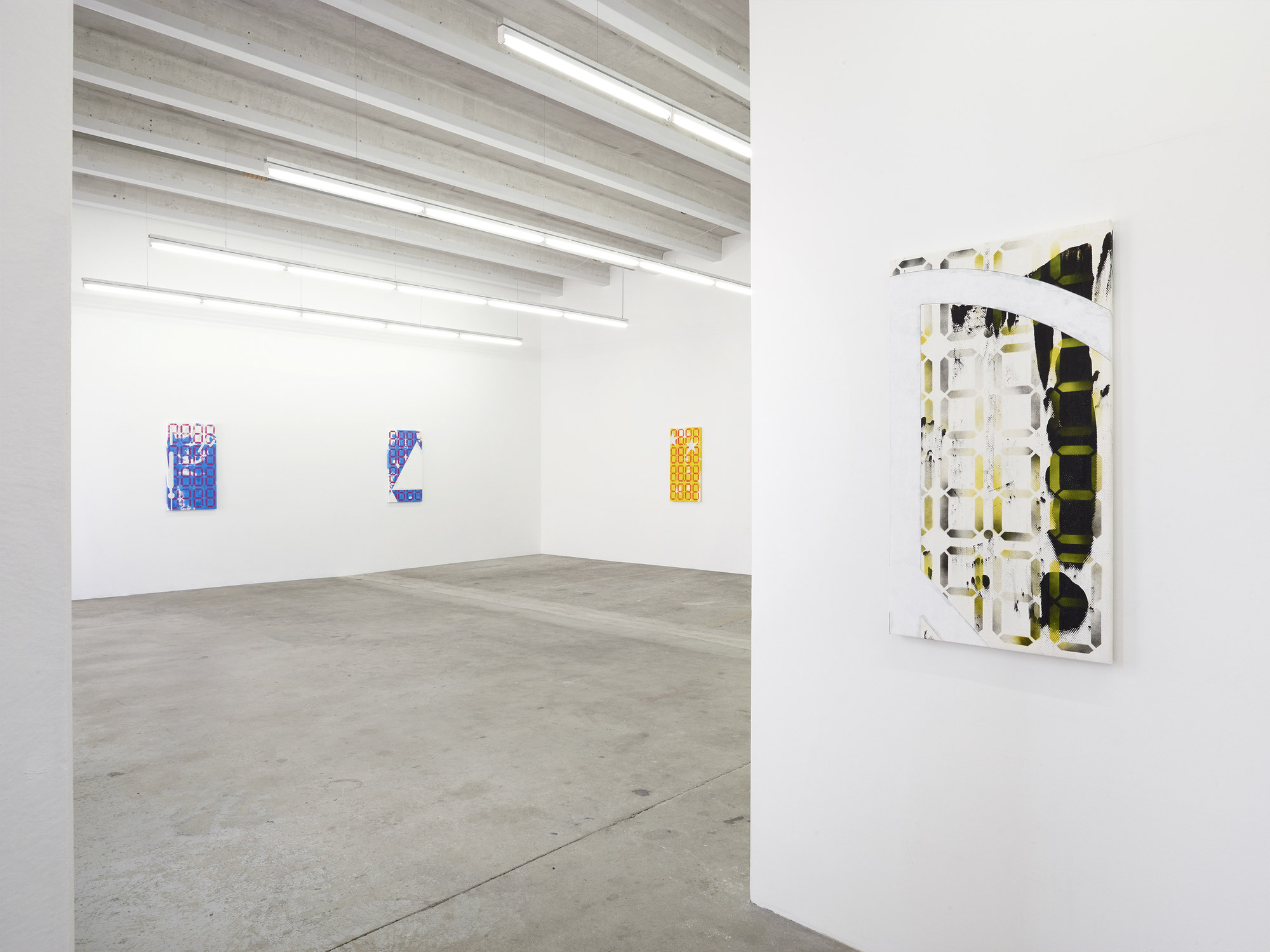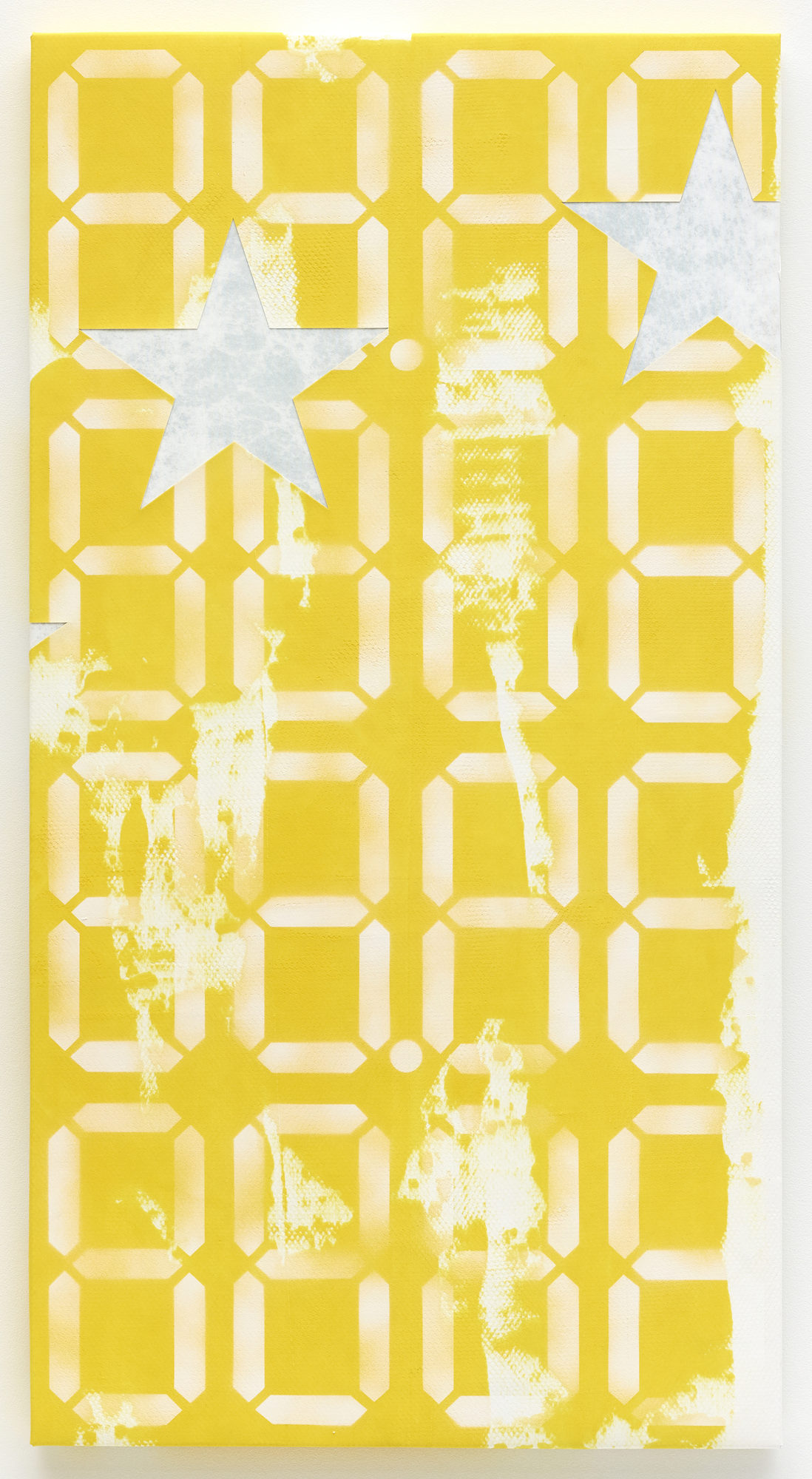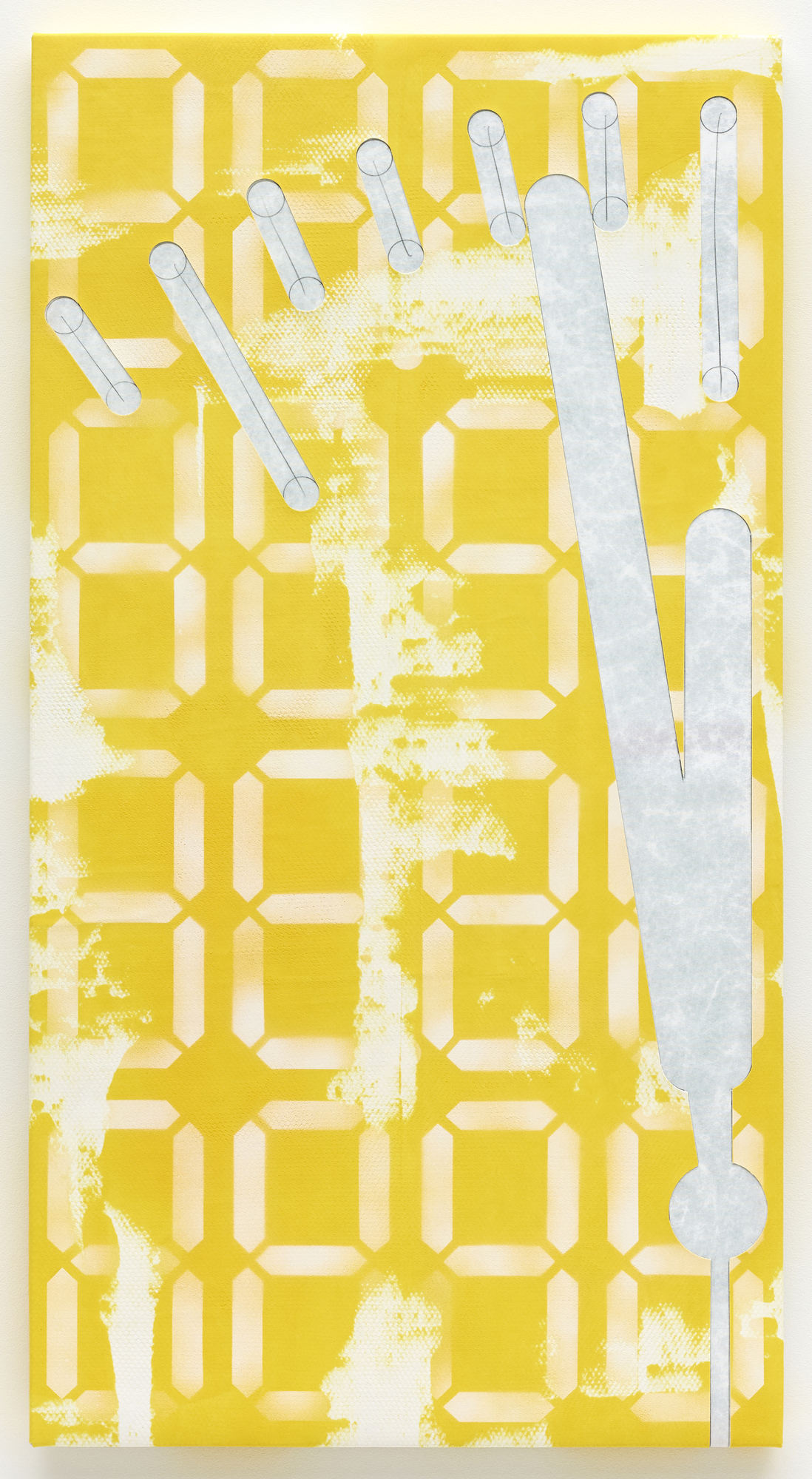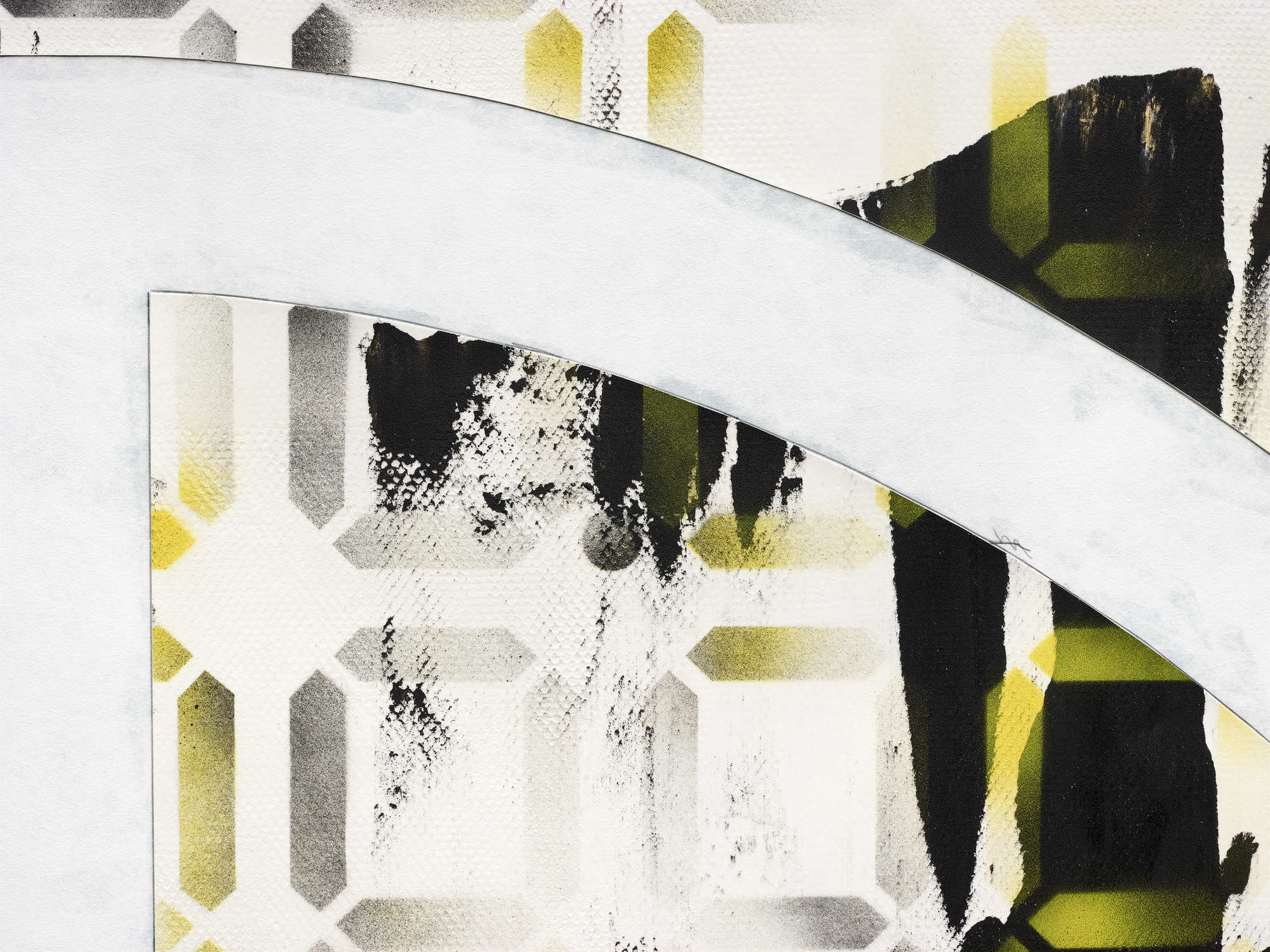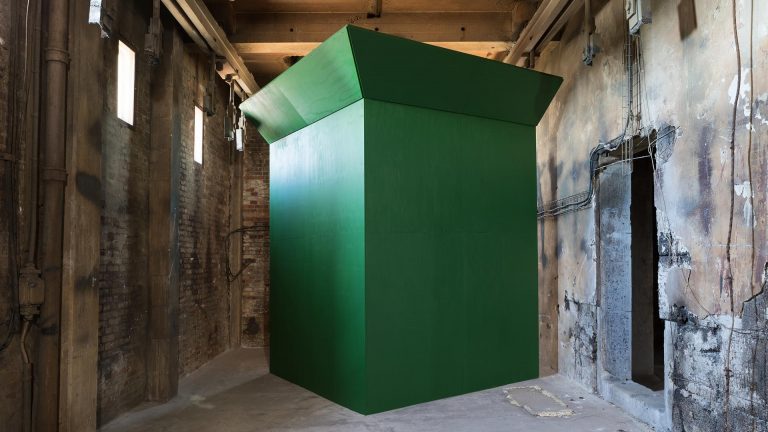Artist: Sean Paul
Exhibition title: 88.8888, 88.8888
Venue: Christian Andersen, Copenhagen, Denmark
Date: May 18 – July 7, 2018
Photography: all images copyright and courtesy of the artist and Christian Andersen, Copenhagen
The exhibition develops from a basic premise: Art is an open, dynamic tool that may be used to frame current events. With the idea that an event, generally speaking, takes place, or is observable, only in relation to a frame of reference, in an act of measurement. An event, for simplicity’s sake, may be defined, following the standard definition commonly used by physicists, as a certain location in space at a specific instant of time. It is not possible to define or locate (e.g. date) an event without recourse to a frame of reference (a set of coordinates). Art is capable of being a reference frame. A frame that may be framed. This also opens into an inquiry of the experience of time and its measurement. This premise certainly does not preclude or exclude the existence of other reference frames, quite the contrary, the premise relies on a heterogeneous universe that is chalk full of relativistic frames. Here, the position is that Art may be a valuable device that opens up a field of spatial and temporal heterogeneity in opposition to what the philosopher Walter Benjamin called homogenous, empty time. The intention is not to have Art perform the role of an ultimate or privileged frame of reference (the be all end all), but rather the concern is to have an Art that is active and viable as an operative device in a world filled with so many framing systems, often more aligned with the production of homogenizing regimes of time and space.
Art is fluid and very often embodied, yet it can be philosophical or political and operate on any number of planes. It can offer an alternative to the more abstracting forces that we confront in our daily lives. It is not hard to call to mind the pervasiveness of abstract and abstracting systems and their material effects. One example can be the Global Positioning System (GPS) that relies upon highly abstract, relativistic mathematical equations and algorithms to synchronize and geolocate. This system (GPS) exists itself in relation to a larger abstraction, the World Geodetic System (WGS) that forms the reference coordinate system (WGS 84) used by the Global Positioning System. Further, both of these systems rely on Coordinated Universal Time (UTC), without which neither the GPS nor the WGS would be able to function as abstracting devices. These highly abstract systems operate on a separate plane of reality from the one we are more familiar with in the embodied world of daily life, nevertheless these systems have material effects and are called upon to serve as frames of reference and temporal authorities in our biologically material lives. These systems are called on to direct our actions, guide our bombs, underwrite our high-speed financial transactions. They form coordinates within and through which bodies become directed, biological frequencies become modulated. The world become the game, the factory, the computer. These systems operate in a realm of linear, homogeneous space and time, yet they have a symmetric relationship with the material world, they impel bodies, biological organisms, ecological and economic systems to conform to their pattern (e.g. self-tracking), their chrono-geometries.
In the face of so much abstraction, Art can offer alternate pathways, time-frames, coordinates, a heterogeneity.




